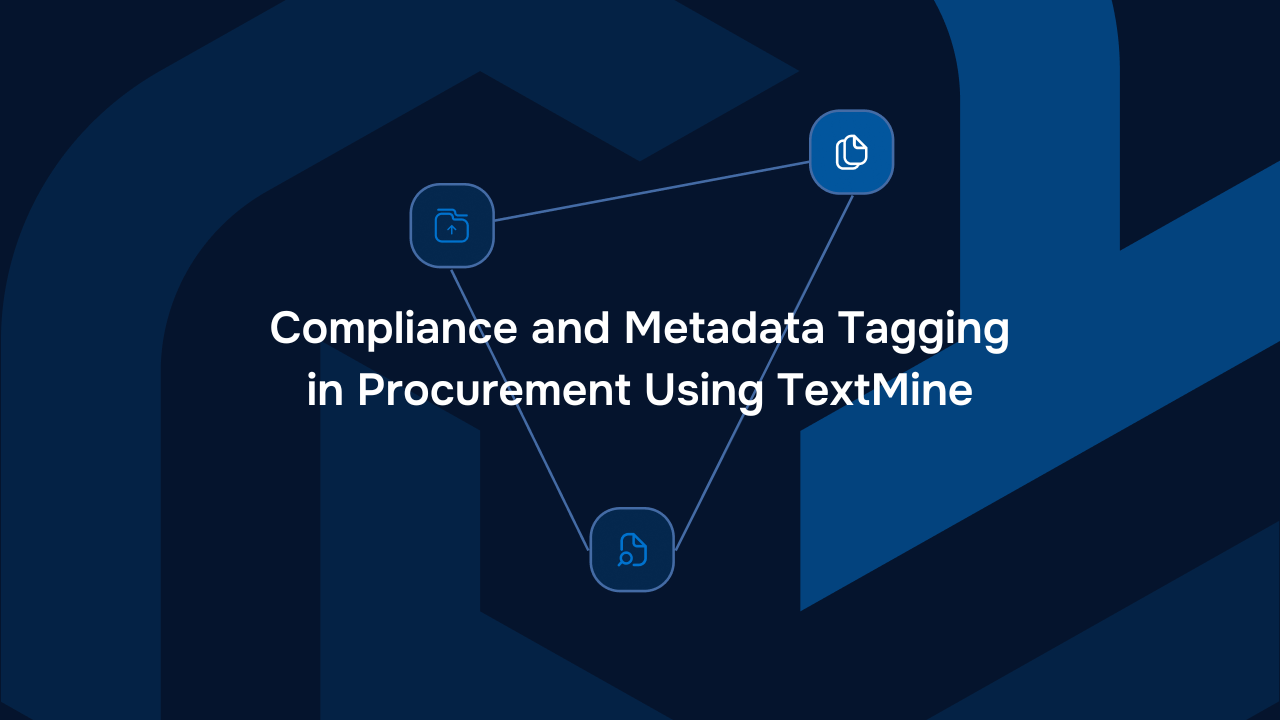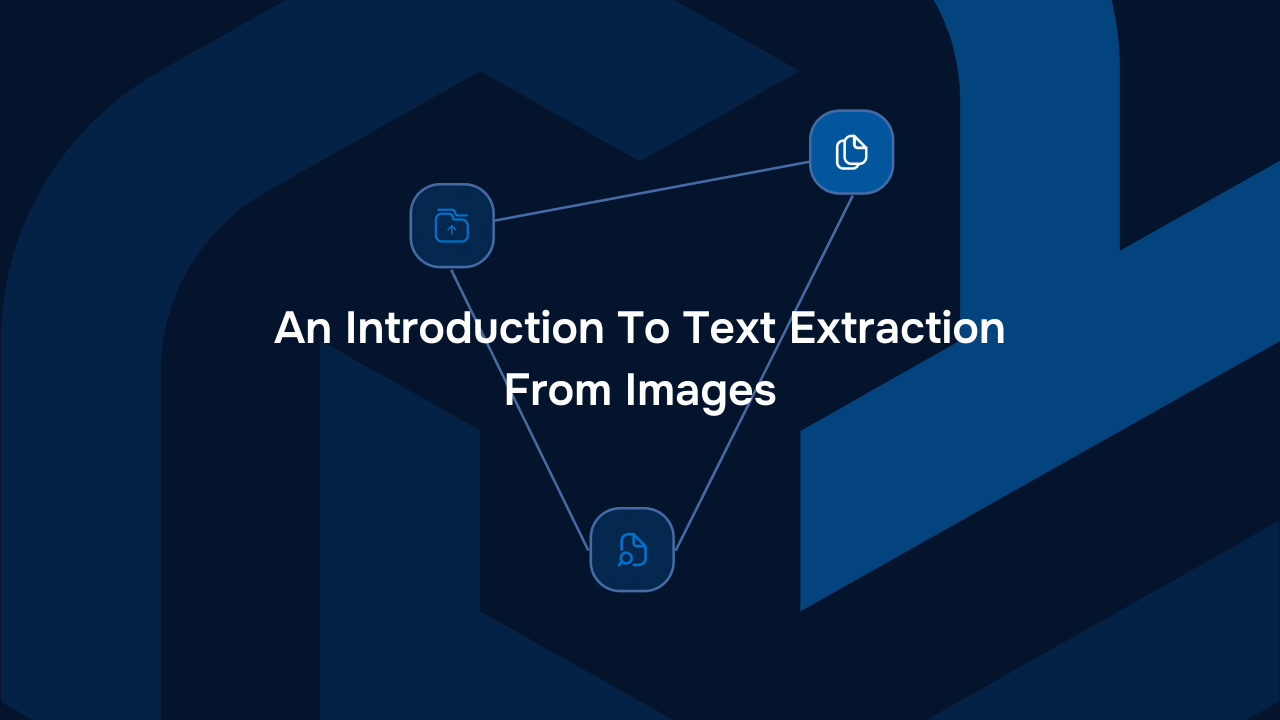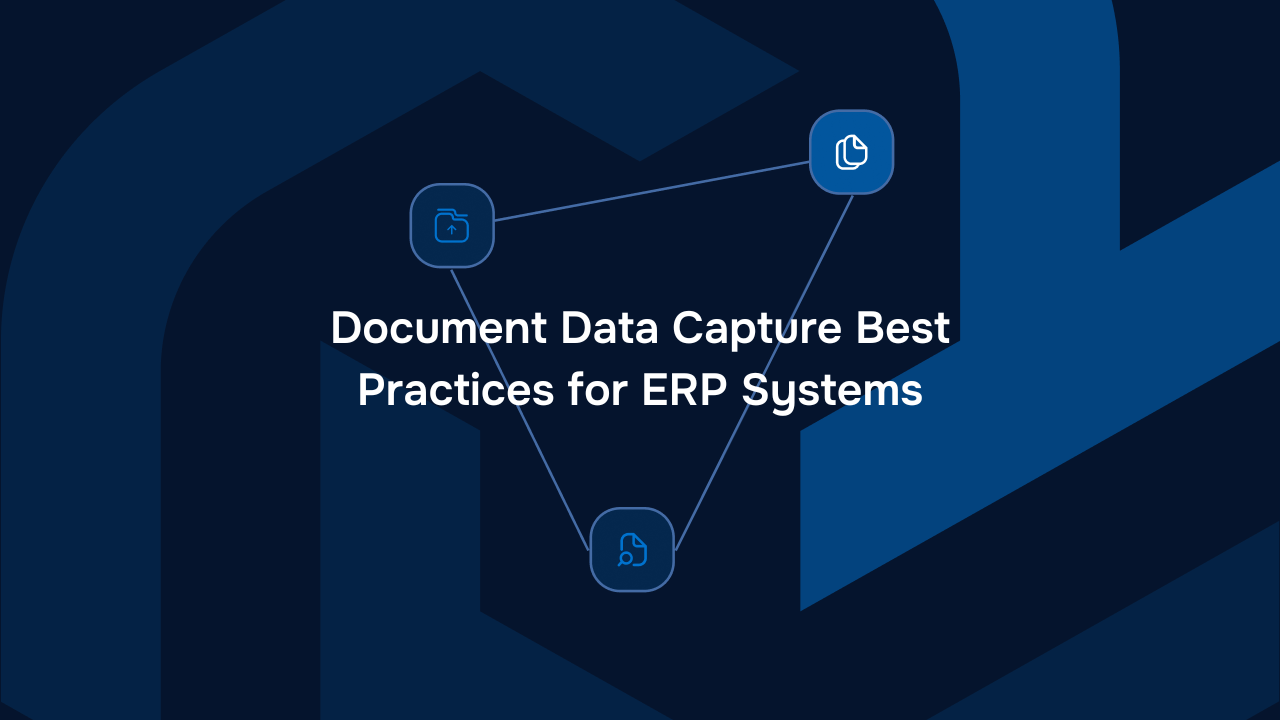How to extract text from a PDF using AI


PDF, also known as portable document format, is the dominant format within businesses today. Enterprises can easily record free form information in PDFs as PDFs don’t impose schema or structure constraints and PDF files can be widely shared and opened without proprietary software. However, extracting information from a pdf is still manual as the underlying information is unstructured and not machine readable. This means that businesses typically accumulate thousands of pdfs in drives which they are unable to query or audit at scale. This article dives into the problem of text extraction from pdf documents and how new AI based approaches can help businesses structure the unstructured data in their documents.
The problem with PDFs
PDF documents offer a lot of flexibility in terms of how information can be recorded and presented to a user. However, this flexibility is provided at the expense of structure. As a result, the layout of a document might be easy for a human to read but might present challenges for machines to read as the meaning provided by the structure is lost. The following images are an example of a PDF and the text which was extracted from it.


The extracted text is a lot harder to read as the structure has been lost during the extraction. Extracting structure from PDFs in a generalisable way requires being able to detect it and understand what it means. OCR based approaches can effectively detect and extract structure when the structure is predictable. However, OCR fails when the structures vary significantly because it identifies sections based on coordinates within the document.
Natural language processing (NLP) and rules based approaches to extracting information from the text can be effective for consistently structured document types but will face similar problems at scale. However, NLP techniques can be effective for cleaning the text which has been extracted from a pdf. For example, PDF encoding errors might result in symbols or noise being inserted into the document which can be easily detected and filtered by NLP models.
AI based approaches to PDF text extraction are better suited to file and structure variability as they are able to learn about the underlying concepts which underpin the documents. Moreover, AI based models can also extract the text contained within PDF images.
Finally, to extract text and useful information from PDF documents in a generalisable way, businesses should combine all of the above techniques to maximise the quality of the data extraction.
The DIY approach to extracting text from a PDF
If you are looking to extract text from a pdf, you will first need to determine what types of documents you would like to extract information from. Depending on the variability of the document types and the nature of information you are looking to process, you may need to develop custom models. For example, table extraction models are often developed on a document type basis as their layout can vary significantly both within types (e.g. invoices) and between document types (e.g. financial statements).
You will also need to build a robust ETL pipeline in order to handle potential formatting or information loss issues which can occur naturally because of PDF encoding errors. Because each step presents its own challenges, it's best to work with specific software libraries and tools to address them. For example, unstructured.io can help extract text from a broad range of document file formats such as PDF, powerpoint or CSV. You might also want to consider Pytesseract as your OCR library.
One key thing to consider when implementing your own PDF text extraction pipelines is that you will need to monitor and iterate on the various steps as to how PDFs are generated and the information they contain can and will vary. As a result, what used to work might not work for new versions of the documents you built your pipeline to extract text from.
No code pdf document data extraction
An alternative approach to extracting text from pdfs is to work with a no code solution like TextMine which has already implemented a robust document data extraction pipeline and is constantly iterating on the various steps to improve information extraction performance.
The following example shows the same document from the beginning of the article being processed by TextMine’s Vault. The tags on the right have been extracted automatically by Vault’s large language model technology.

Moreover, Vault allows you to create your own custom tags so that you can answer the questions which are most relevant for your business.
Conclusion
Despite being difficult to process in aggregate or in scale, PDFs are still the dominant file format used by businesses to store and share information. Text extraction from PDF documents has typically been challenging due to the unstructured nature of information stored in PDFs. As a result, techniques such as NLP or OCR have had limited success. However, thanks to new AI based techniques, extracting text from PDFs is a lot more reliable and effective. As a result, businesses can build scalable workflows around documents and automate manual document data extraction workflows.
About TextMine
TextMine is an easy-to-use document data extraction tool for procurement, operations, and finance teams. TextMine encompasses 3 components: Legislate, Vault and Scribe. We’re on a mission to empower organisations to effortlessly extract data, manage version controls, and ensure consistency access across all departments. With our AI-driven platform, teams can effortlessly locate documents, collaborate seamlessly across departments, making the most of their business data.

Newsletter
Blog
Read more articles from the TextMine blog


From Complexity to Clarity: Transforming Supplier Agreement Analysis with AI


Compliance and Metadata Tagging in Procurement Using TextMine


An Introduction To Text Extraction From Images





